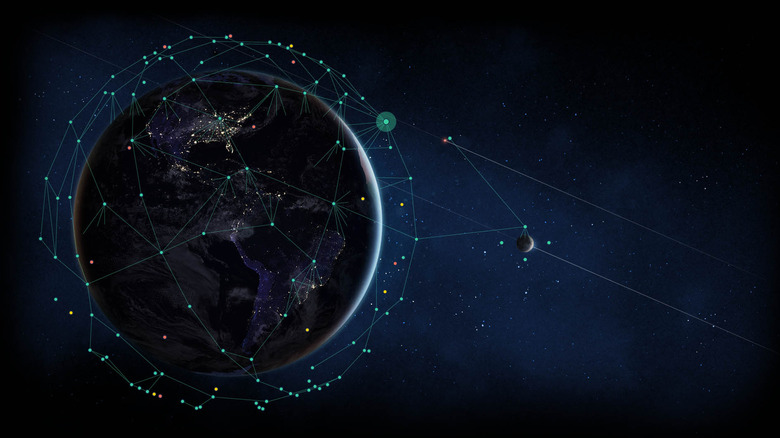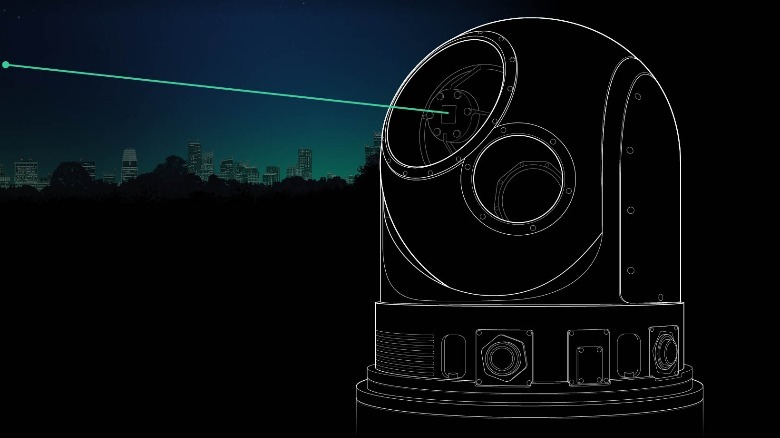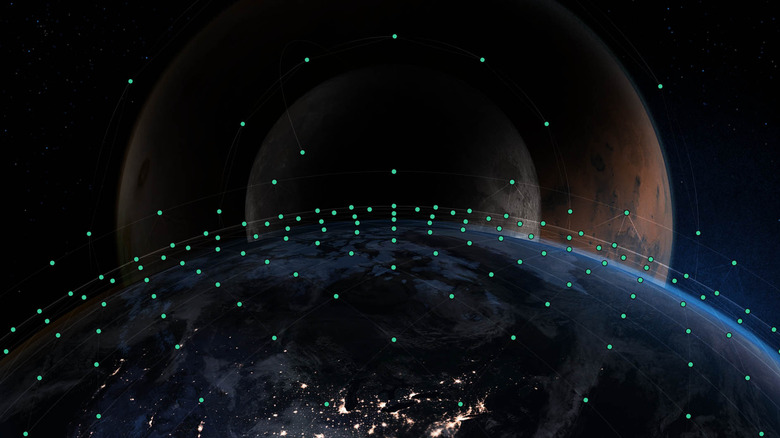Google Spins Out Aalyria To Make Lasers SpaceX Might Be Jealous Of
Google's bets at revolutionizing internet and connectivity services haven't really paid off despite the promising outlook and bold promises. Projects like the balloon-powered internet-beaming system called Loon and free Wi-Fi at railway stations have failed to take off over the years. The company has now decided to spin off another bundle of similar ambitions, but this one actually sounds even more advanced than what SpaceX has achieved so far with internet-beaming Starlink satellites.
Say hello to Aalyria Technologies, a startup led by Google veterans that has developed laser-based systems promising gigabit connectivity virtually anywhere on the planet, as well as a software suite that covers land, air, sea, and space connectivity by weaving them into a connected mesh. Dubbed Tightbeam, the atmospheric laser communications system is claimed to transfer data "faster than any other solutions available today and covering greater distances than previously imagined."
Tightbeam will touch every connectivity pasture that is available out there, from terrestrial and airborne to ground-space direct channels. The most significant advantage of this lasers-based communication system is that there is no data packet degradation irrespective of the weather. According to Aalyria, the innovation can be deployed to supercharge everything from on-plane Wi-Fi to cellular connectivity on mobile devices and satellites. Thanks to a novel integration of hardware and algorithms, the laser-based communication system predicts the effects of nuisances like rain and then reverses the effect synthetically to preserve the signal strength.
Gigabit internet in flight
According to a Bloomberg report, Tightbeam is capable of beaming data at a speed of up to 1.6 terabits per second between two points that are hundreds of miles apart. "We can deliver 1 gigabit per second to every seat on a plane," Aalyria CEO Chris Taylor was quoted as saying. In lab tests, the team was able to establish a network channel from its HQ and a mountaintop some 20 miles apart and between a ground-based projector to an antenna mounted on a plane flying roughly 110 miles away.
In comparison, Starlink's widely covered satellite internet service sounds like a snail despite tall claims made by Elon Musk. In a recent FCC report that cited Ookla tests, Starlink's internet service couldn't even hold on to the baseline 20 Mbps uplink speed mark. Under optimal conditions, the service can currently muster a peak sustained downlink pace of around 150Mbps, according to Ookla.
Laser communication is also touted to be the future of space exploration, and even NASA is toying with in-house two-way communication systems like the Laser Communications Relay Demonstration (LCRD) and third-party proposals such as the TeraByte InfraRed Delivery (TBIRD) system. But Aalyria's ambition goes further. The company also has a software product called Spacetime that can manage connectivity across any moving object, from satellites in deep and near space to boats and vehicles. The platform can make changes in real-time to account for disruptions across thousands of connection points across any altitude, frequency band, and wavelength.


